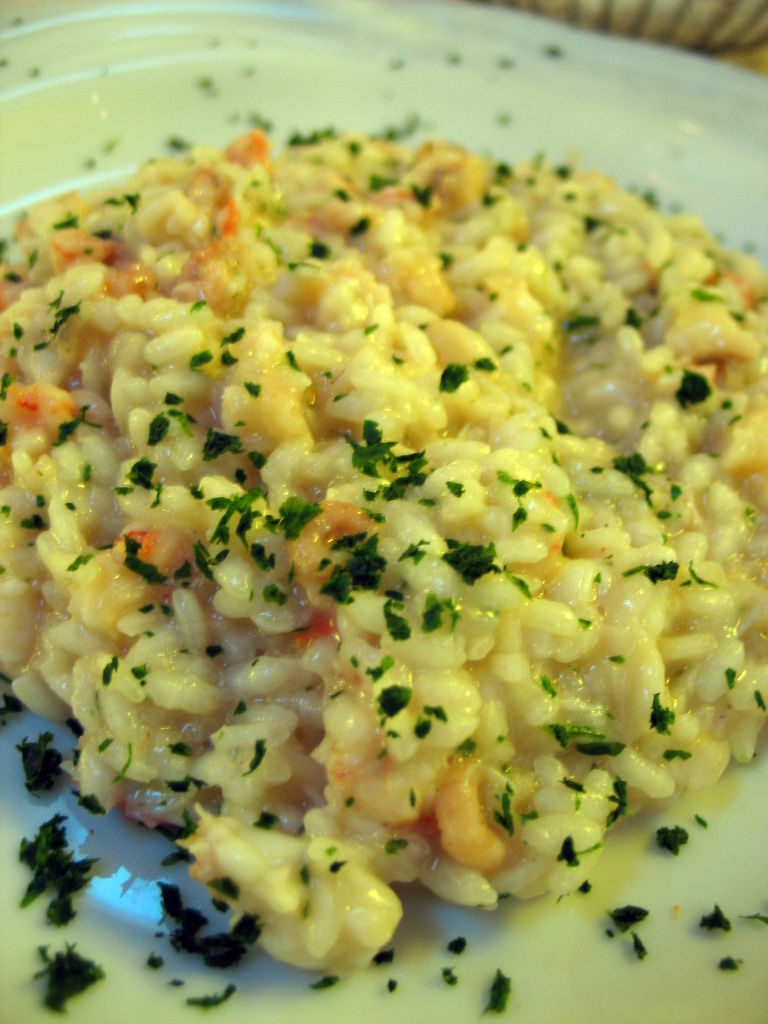 No, not Condy Rice seeing the sights: rice the crop, and its future in Italy. It may surprise some people that rice is grown in Italy, but it has a long history of cultivation in the Po Valley, and an important place in the local cuisine, as anyone who has eaten risotto will testify. Unfortunately, the ongoing drought in the region is causing severe problems for thousands of rice farmers (among others) in the Val Padana. Some people are saying that’s the shape of things to come, with climate change and all. But here’s an interesting juxtaposition of news: it’s been announced that the Slow Food Foundation for Diversity, based in Tuscany, is to start marketing in Europe a traditional, organically grown, Filipino rice known as “unoy.” Isn’t globalization wonderful?
No, not Condy Rice seeing the sights: rice the crop, and its future in Italy. It may surprise some people that rice is grown in Italy, but it has a long history of cultivation in the Po Valley, and an important place in the local cuisine, as anyone who has eaten risotto will testify. Unfortunately, the ongoing drought in the region is causing severe problems for thousands of rice farmers (among others) in the Val Padana. Some people are saying that’s the shape of things to come, with climate change and all. But here’s an interesting juxtaposition of news: it’s been announced that the Slow Food Foundation for Diversity, based in Tuscany, is to start marketing in Europe a traditional, organically grown, Filipino rice known as “unoy.” Isn’t globalization wonderful?
Photo from ciordia9 on Flickr provided under a Creative Commons license.